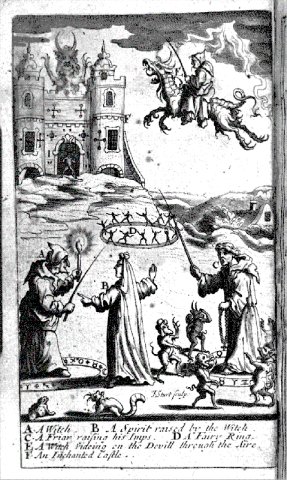Amyas Northcote (1864-1923) is an author about whom little is known despite the usual biographical details. Born in England, emigrated to the US in 20s where he was a businessman in Chicago, then returned to England in 1900, eventually becoming a justice of the peace in Buckinghamshire. This, his sole volume of stories and the only writing he seems to have ever done, came out in 1921, and he died 18 months later. No other writings seem to have been found after his death. Not much is really known of his life, or what he did for a living, or what his thoughts and passions were, or why he decided to write ghost stories. But that being said, his stories are pretty darned good.
First in this edition is the oft-anthologized "Brickett Bottom," a famously unsettling tale of a house that isn't there and disappearances. You'll find it in a lot of "best-ever" or "haunted-house" anthologies, and I've heard it dramatized for radio. It's a remarkably dark, bleak story, and relentlessly macabre. In other words, you HAVE to read it.
Others follow some more of the standard fare. "Mr. Kershaw and Mr. Wilcox" is of a psychic dream. "The Late Earl of D." follows a ghostly re-enactment of a murder. "Mr. Mortimer's Diary" tells of a man hounded by the spirit of someone he deeply wronged. "The House in the Wood" is a very, very standard tale of a child's ghost warning a parent of danger. "The Young Lady in Black" is also very, very standard, of a ghost that returns to fulfill a promise. "The Governess' Story" recounts an auditory haunting that replays a despondent teen's suicide.
However, there are some others that stand out, at least for me.
"In the Woods" is a dark, unsettling tale of a lonely teenage girl who explores the forests on her own, only to find herself under the spell of the resident nature spirits. It's rather Machenesque, and blends Victorian whimsy with dark menace. There's no real plot; it's almost a lengthy vignette, with no real resolution. But it's darn good and worthy of more attention.
"The Steps" concerns itself with a wealthy society girl who turns down a soldier's marriage proposal, twice. He swears to have her, and then is called into action and dies. His steps haunt her and hound her. It's standard stuff, except for its nastiness. The soldier is never depicted as being all that evil or forceful; he's a lonely man, deeply infatuated, and thwarted in love. The girl is never depicted as terribly nasty either, just a normal girl of her class. So her ghostly persecution is not that of a deserved revenge on a heartless person, or even of a psychotic stalker and innocent victim. It has more the feel of a random bit of spectral evil that just happens to happen...and thus is very chilling.
Two stories, "The Downs" and "The Late Mrs. Fowke," are very folkloric. "The Downs" has a man walking across a stretch of land on a night when the spirits of those who died there walk...and it's strange and hallucinatory. "The Late Mrs. Fowke" concerns a clergyman who discovers his wife has dealings with Old Nick. Both have a strong rural atmosphere and are quite fun.
Northcote's stories are generally set in England or America, but "The Picture" is set in Hungary. It's not a great tale, but it is full of menace, where a girl does one of those silly rituals to see the face of her future husband, and later finds that face on a decades-old portrait hanging in a local castle. It has a macabre end, to be sure, but it's never clearly explained WHY it happens, which makes it all the more unsettling.
The last story is also a bit different. "Mr. Oliver Carmichael" is not really a ghost story, but a tale of occultism. A man has a chance meeting with a woman who seems to recognize him, and who takes a malicious interest in him. It turns out she's the reincarnation of a soul that was knit to his, and while his rose to light and goodness, hers sank to evil and darkness. It's actually not a very good story; very little happens. It's quite a bit of buildup and no payoff. But it's interesting because it's got that didactic tone that you normally find in stories written by True Believers, and it makes me wonder if perhaps Northcote had been fascinated by that sort of thing, and if that had something to do with his decision to write ghost stories. Unfortunately I can only conjecture.
This is a handsome, slim paperback from Wordsworth, and with a nice introduction by David Stuart Davies. It's worth picking up if you come across it.
 |
| A facsimile of the original dust jacket. |








